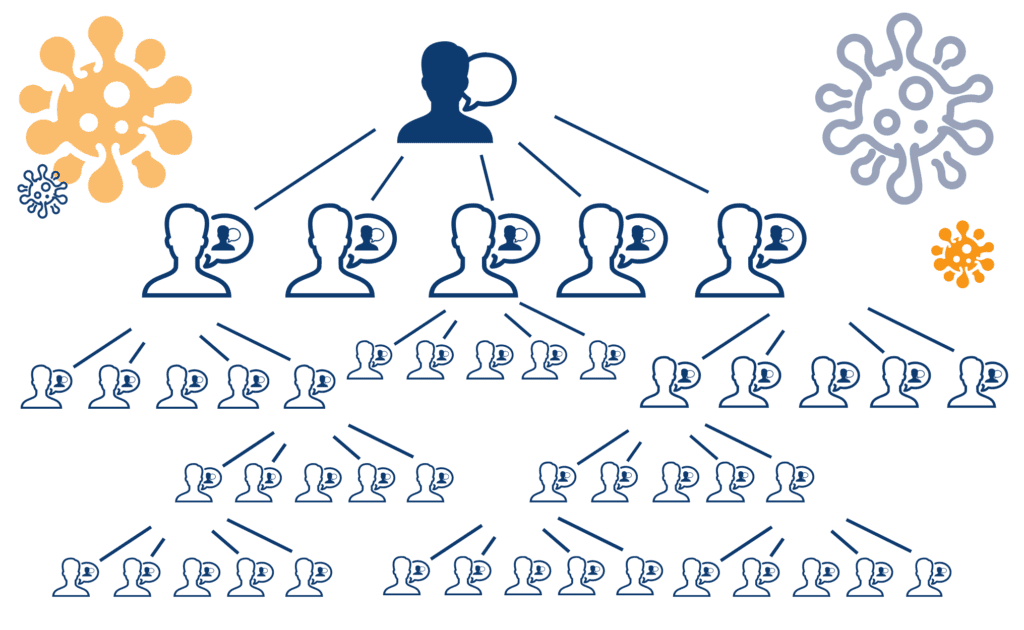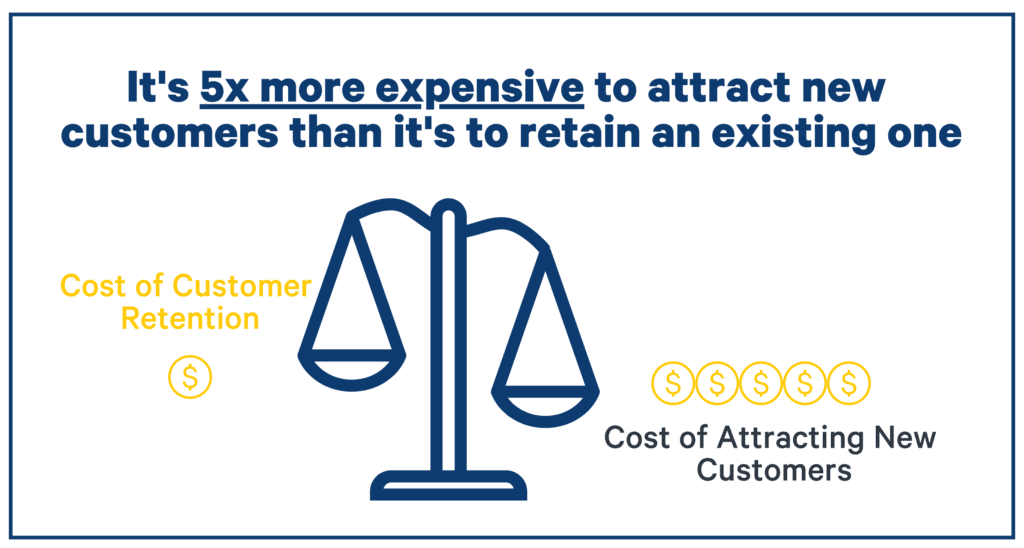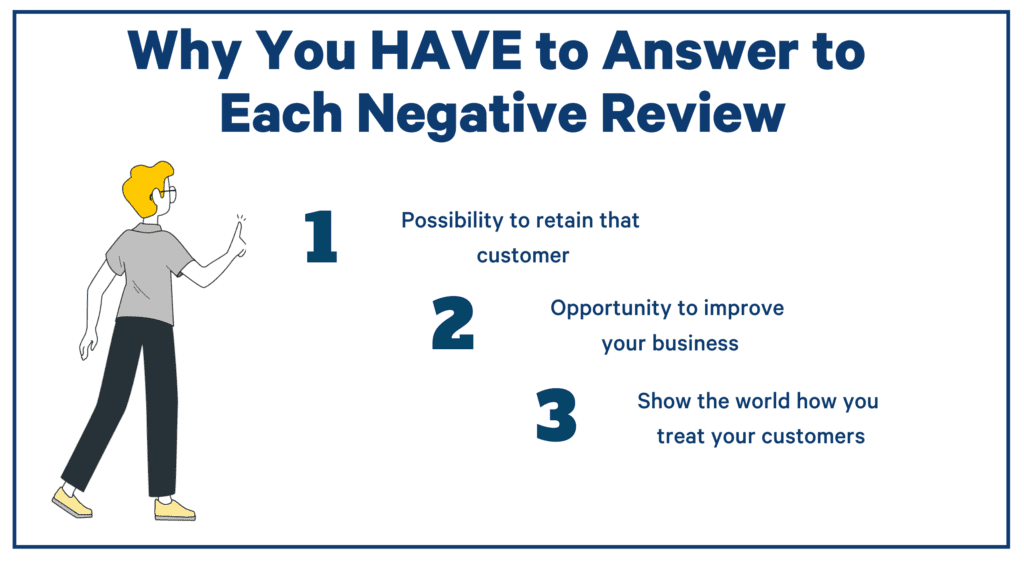What to Do About NPS Detractors?


Net Promoter Score (NPS) is a valuable metric for gauging customer loyalty and satisfaction.
It categorizes respondents into NPS Promoters, Passives, and NPS Detractors.
While Promoters are your enthusiastic supporters, Detractors are those who rate your business between 0 and 6 on the NPS survey, indicating dissatisfaction.
This article focuses on how to effectively address NPS Detractors, turn their negative experiences around, reduce customer churn, and ultimately improve your overall customer satisfaction.
Understanding NPS Detractors and Unhappy Customers
Who Are NPS Detractors?
Dissatisfied customers, also known as Detractors, are those who are not satisfied with your product or service.
They are likely to spread negative word-of-mouth, which can harm your brand’s reputation.
Addressing their concerns promptly and effectively is crucial to maintaining and improving your customer relationships.
Why It’s Important to Address Detractors
Preventing Negative Word-of-Mouth
Unhappy customers are more likely to share their negative experiences with others, which can damage your brand’s reputation.
Addressing their concerns can help mitigate this risk.

Opportunity for Improvement
Detractors provide valuable feedback that can highlight areas where your business needs to improve through customer satisfaction surveys.
By addressing their issues, you can make meaningful changes that benefit all customers.
Customer Retention
Ignoring Detractors can lead to increased churn rates.
Addressing their concerns shows that you value their business and are committed to improving their experience, which can enhance customer loyalty and retention.

Building Trust and Credibility
By actively listening to and addressing the concerns of Detractors, you demonstrate your commitment to customer satisfaction.
This can build trust and credibility, showing that your business is dedicated to continuous improvement.
Competitive Advantage
Effectively managing Detractors can provide a competitive advantage.
By turning negative experiences into positive ones, you can differentiate your brand and create a loyal customer base that’s less likely to switch to competitors.
Insights for Innovation
Detractors’ feedback can offer insights into areas where your products or services may be lacking.
This information can drive innovation and help you develop new features or improvements that meet customer needs more effectively.
Enhancing Overall NPS
Addressing the concerns of Detractors not only improves their individual experiences but also enhances your overall NPS.
A higher NPS reflects a healthier, more satisfied customer base, which can attract new customers and increase business growth.
Strategies for Dealing with NPS Detractors
1. Respond Quickly and Personally
Immediate Acknowledgment
When you receive negative feedback, acknowledge it as soon as possible. A prompt response shows that you value their feedback and are committed to resolving their issues.

Personalized Communication
Reach out to Detractors personally. Use their name and reference their specific concerns to show that you are taking their feedback seriously.
2. Understand Their Concerns
Dig Deeper
Ask follow-up questions to gain a better understanding of their issues. This can help you identify the root cause of their dissatisfaction.
Empathize
Show empathy in your communication. Acknowledge their feelings and apologize for any inconvenience they have experienced.
3. Offer Solutions
Provide Immediate Solutions
Where possible, offer immediate solutions to their problems. This could be a refund, replacement, or any other action that directly addresses their concerns.
Long-Term Improvements
Explain the steps you are taking to ensure the issue doesn’t happen again. This reassures Detractors that their feedback is being used to make meaningful improvements.
4. Follow Up
Check-In Regularly
After resolving their initial concerns, follow up with Detractors to ensure they are satisfied with the solution. Regular check-ins can help rebuild trust and demonstrate your commitment to their satisfaction.
Ask for Feedback
Invite Detractors to provide further feedback. This shows that you are committed to continuous improvement and value their input.

Use Customer Feedback to Drive Change
Identify Patterns
Analyze feedback from Detractors to identify common issues. Use this information to prioritize areas for improvement in your products or services.
Implement Changes
Take actionable steps based on the feedback. Inform your customers about the changes you’ve made, showing that their feedback has led to positive outcomes.
Use Trustmary for NPS Management
Managing and addressing NPS Detractors effectively requires the right tools.
Trustmary offers a comprehensive solution for conducting Net Promoter Score surveys, measuring, and improving your NPS.
Why Trustmary?
- Automated NPS Surveys: Easily send automated NPS surveys to gather real-time feedback from your customers.
- Detailed Analytics: Gain insights into your NPS data with comprehensive analytics. Track NPS score trends, segment responses, and identify areas for improvement.
- Integration Capabilities: Integrate Trustmary with your CRM and other tools to streamline data collection and analysis.
- Testimonial Collection: Convert positive feedback from Promoters into testimonials to showcase on your website and social media.
Getting Started with Trustmary for NPS Survey
- Sign Up: Visit Trustmary and sign up for an account.
- Create Surveys: Use the user-friendly interface to create and customize your NPS surveys.
- Distribute Surveys: Send surveys via email or SMS to your customer list.
- Analyze Results: Use Trustmary’s analytics tools to gain insights into customer feedback and identify Detractors.
- Engage Detractors: Implement strategies based on the feedback to convert Detractors into satisfied customers and reduce customer churn.
Conclusion
NPS detractor customers provide critical feedback that can help your business improve.
By responding promptly, understanding their concerns, offering solutions, and using their feedback to drive change, you can turn negative experiences into positive ones.
Tools like Trustmary can streamline this process, helping you manage and improve your NPS effectively.
Start engaging with your Detractors today and transform them into satisfied customers.
FAQ
Q1: How quickly should I respond to NPS Detractors?
Respond as quickly as possible, ideally within 24 hours, to show that you value their feedback and are committed to resolving their issues.
What if a Detractor does not respond to my follow-up?
If a Detractor doesn’t respond, try reaching out through different channels such as phone calls or social media. Persistence shows your commitment to resolving their concerns.
Can NPS Detractors become Promoters?
Yes, with effective resolution and improved customer experience, Detractors can become Promoters. By listening to feedback, empathizing, and resolving issues effectively, you can turn dissatisfied customers into loyal advocates.
How can I track improvements after addressing Detractor feedback?
Use NPS surveys to continuously measure customer satisfaction and track changes over time. Trustmary’s analytics tools can help monitor these trends.
Should I prioritize Detractors over Promoters and Passives?
While all customer segments need attention, addressing Detractors should be a priority due to the potential negative impact on your brand. However, balancing efforts across all segments is essential.